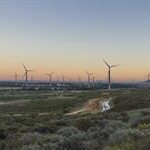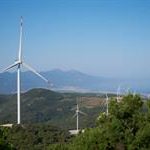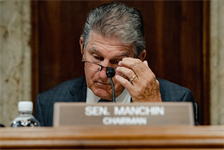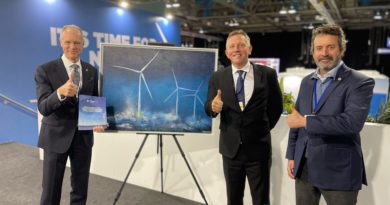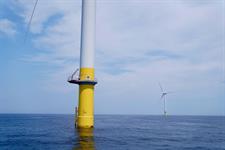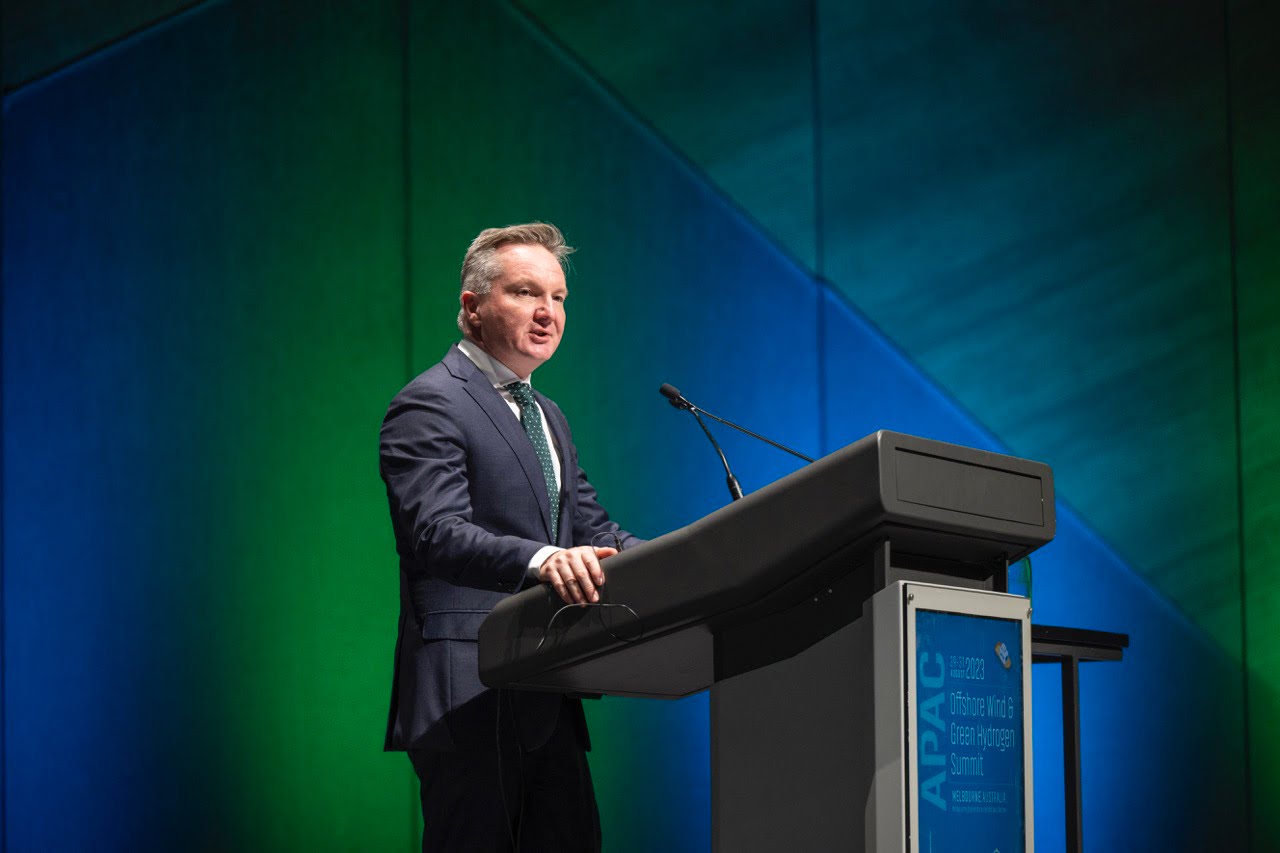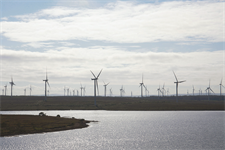Analysis: What the US mid-term election results mean for wind power
Energy Disrupter
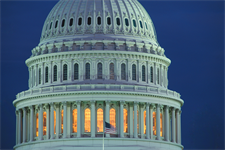
Even so, rollbacks of the pro-wind elements of the Inflation Reduction Act (IRA) seem unlikely. The production and investment tax credits, used by both onshore and offshore wind and extended by the law, are not likely to be in the crosshairs, said analysts. The act included $370 billion for addressing climate change.
At state level, clean energy and climate policy made solid gains in the midterms.
But in a blow for wind, conservative Democratic senator Joe Manchin says he will refuse to hold re-nomination hearings for Richard Glick, the pro-renewables chair of the Federal Energy Regulatory Commission (FERC) – the government agency that regulates the sale and transmission of electricity. Glick’s term ends in December.
In the midterms vote on 8 November, Republicans did not make the huge gains many analysts had predicted. It seems that Democrats who supported the IRA in a strict party-line vote this summer were not punished at the polls despite high inflation.
‘Important next step’
With three congressional races still to be decided as of 24 November, Republicans have a 220-213 majority over Democrats in the House of Representatives, while Democrats gained a razor-thin 50-49 seat hold of the Senate.
“The midterms weren’t so much a triumph for wind so much as an important next step that depends on local politics and implementation,” said Flakoll. “Clean energy will see stronger state incentives.”
Analysts agree that the House will initiate oversight hearings of the IRA. Frank Maisano, energy strategist at lobbying law firm Bracewell, believes a Republican-led House will focus more on overseeing loan guarantees for innovative clean-energy companies, than clean-energy tax credits.
Federal tax collector the Internal Revenue Service (IRS) is currently working on exactly how companies can draw on the tax credits.
BloombergNEF’s Flakoll added: “Republicans are growing increasingly comfortable with renewable energy investment – which tends to benefit their districts, where cheap land, sun, wind, and mining abound – as long as it doesn’t restrict fossil fuel extraction. So it’s unclear how many Republican-led hearings will target investment in clean energy, or IRS guidance that investors want before putting money into their districts.”
The main advantage of Democrats holding the Senate, Flakoll said, is in confirming Biden’s nominees for executive agencies and federal courts. The Senate has sole power to confirm them.
“We can expect Biden to install more aggressively pro-renewable administrators and judges,” he said. This will be all the more important now that additional major clean energy bills are unlikely.
State expectations
At state level, the vote gave Democrats control of both the governor’s office and both houses of the state legislature in Maryland, Massachusetts, Michigan and Minnesota, opening the door to more intensive climate targets and incentives. In Massachusetts and Maryland, we should expect to see more support for offshore wind development, said Flakoll.
Governor-elect Wes Moore of Maryland supports a law to require 80% clean power by 2030 and 100% by 2035. In Massachusetts, Governor-elect Maura Healey backs 100% clean energy by 2030 and 5.6GW of offshore wind.
Across the country, at least 17 governors were elected or re-elected who support climate policies. They could collectively yield more than an 80% reduction in their state greenhouse emissions, said advocacy group Evergreen Action.
Not positive for the expansion of wind power in the US, however, is Sen Manchin’s statement that he is “not comfortable” with holding a renomination hearing for Glick. Manchin is chair of the Senate Energy and Natural Resources Committee.
“If Glick is not reconfirmed then transmission will remain a crucial remaining bottleneck for US renewables development,” wrote Andries Wantenaar of Rethink Energy in an opinion piece. “That single move has the power to strangle the IRA at birth – what is the point of having billions of dollars to spend on renewables if no-one can connect them to any of the US ISOs [grid operators]?”


